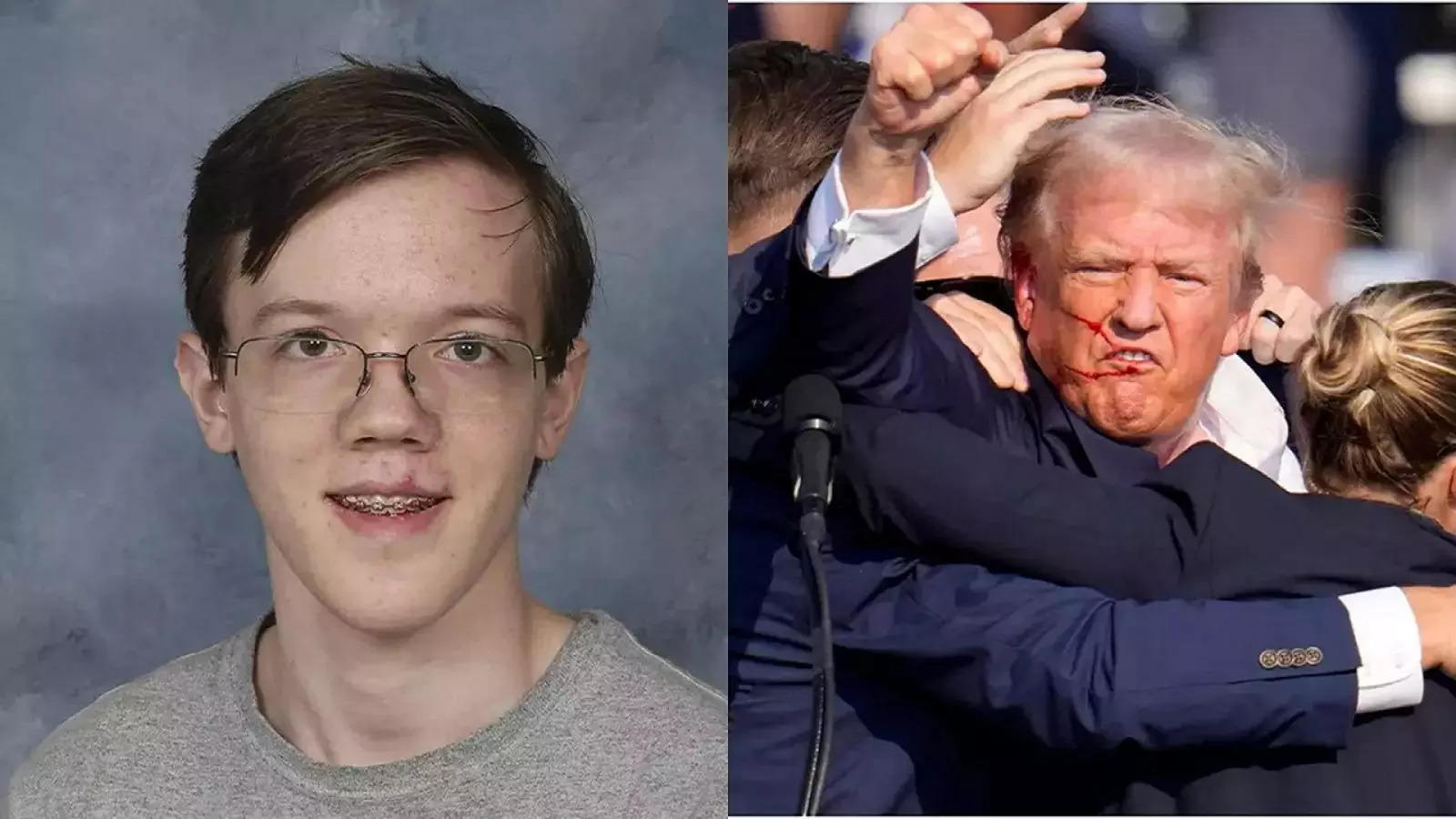The shooter, Thomas Crooks, was spotted by a local officer just moments before he fired his weapon. The officer’s urgent “Long gun!” alert should have triggered a rapid response from the Secret Service, but the message never reached them, reported NYT. The ensuing 30 seconds were enough for Crooks to unleash chaos, as a tangled web of outdated technology and miscommunication left Trump and his supporters exposed.
Despite being armed with a budget exceeding $3 billion, the Secret Service failed to deploy several key technologies that might have thwarted the attack. A surveillance drone, offered by local law enforcement, was declined. A system designed to enhance agent communications in areas with poor signal was never set up. Even the equipment on hand, such as counterdrone technology, failed when it was needed most. The agency’s acting director, Ronald Rowe Jr., admitted during a Senate hearing that these oversights have haunted him. “That has cost me a lot of sleep,” he confessed, grappling with the gravity of the situation, reported NYT.
The incident at Butler underscores a longstanding issue within the Secret Service: a sluggish adoption of modern technology. Despite repeated calls for reform, the agency still relies heavily on methods that seem better suited to the mid-20th century than the digital age. This resistance to innovation has had dire consequences, not just in Butler but in several previous incidents.
Critics argue that the Secret Service’s slow embrace of technology stems from a lack of urgency and funding allocation. Although its budget has grown substantially over the past decade, a mere fraction—less than 1%—is spent on researching and developing new security tools. This underinvestment leaves agents and their protectees vulnerable in an era where threats are increasingly sophisticated and technologically advanced.






